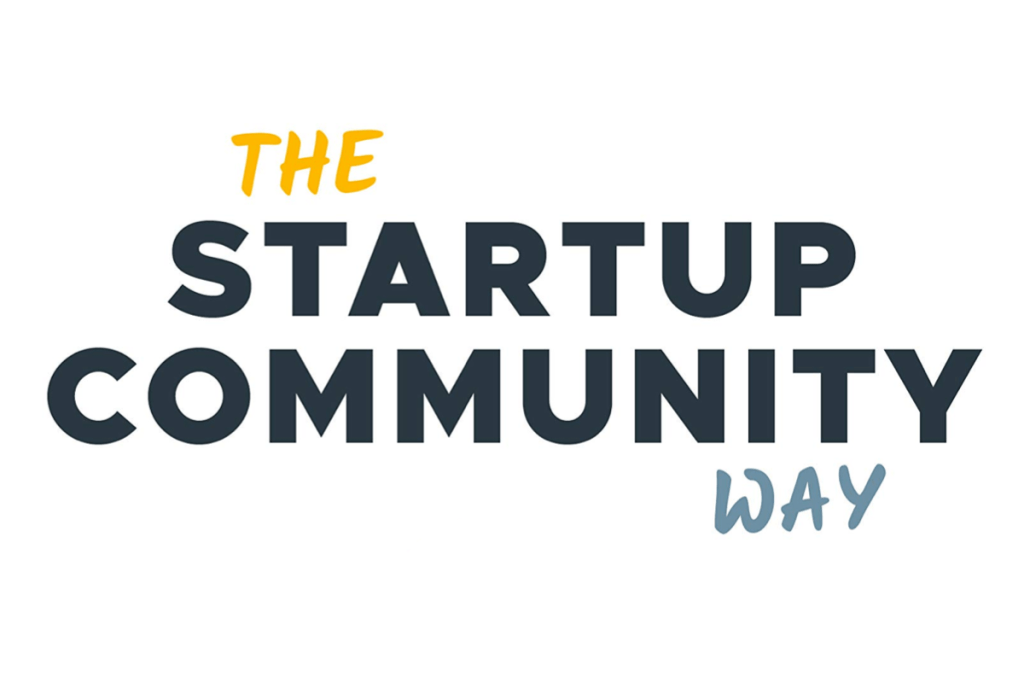America is mired in a decades-long startup slump — a phenomenon that is true on a national scale but concentrated in regions often ignored for their entrepreneurship potential. This need for solutions at all levels of government is what inspired the Start Us Up coalition, which now features nearly 200 organizations representing 37 states and countless communities.
But cultivating entrepreneurial ecosystems requires more than policy change. Building these environments in which entrepreneurship thrives necessitates an understanding of the complex systems, people, and conditions that must work in concert to both grow and sustain a successful, inclusive entrepreneurial landscape.
These systems and factors are covered in great detail in The Startup Community Way, a recently released book from investor Brad Feld and researcher Ian Hathaway that explores the various phenomena at play. Among them: what government can do to help ecosystems thrive.
In America’s New Business Plan, we talk often about the need to give entrepreneurs a seat at the table — for policymakers to follow their lead and prioritize policies that address entrepreneurs’ concerns. Feld and Hathaway discuss this too, through a concept known as topophilia, or a love of place for where they live, manifested as a deeply held desire to improve their community.
The below excerpt from The Startup Community Way explores what many, including policymakers, get wrong when looking to cultivate thriving ecosystems — with some insight that is especially applicable to local advocacy.
Cultivating Topophilia
Startup community participants must have topophilia, or a love of place for where they live, manifested as a deeply held desire to improve their community. While people who spearhead startup community-building efforts are likely to have a deep commitment to their city, it’s worth remembering that many who share a similar topophilia may not be active in community-building efforts. Appeal to that sensibility as a means of converting those on the sidelines to engaging with the startup community-building efforts.
A reverse-causality problem occurs when startup community participants equate an abundance of resources present in established, thriving entrepreneurial ecosystems with the factors and initial conditions required at the outset. Governments or other feeders that look to the model of Silicon Valley or another thriving entrepreneurial ecosystem take an inventory of the current circumstances and attempt to adopt those same factors in their city.
But this gets things backwards, or at least, out of sync. They confuse what occurs in sustainable, mature startup communities with the initial conditions that helped get them there. The development of many of the resources and support mechanisms in startup communities occurs as entrepreneurship becomes more prominent. Entrepreneurs build a community as they develop their companies, producing a virtuous cycle that makes entrepreneurship more likely. …
In addition to insight from Feld and Hathaway, The Startup Community Way features anecdotes from policy and organization leaders with experience cultivating these communities. The below excerpt from Rebecca Lovell, former acting director of the Office of Economic Development, City of Seattle and current Chairman of the Board at Start Us Up member Center for American Entrepreneurship, touches on what government can do to better respond to tangible needs.
How Local Government Can Best Engage with and Help the Startup Community
One of the things that government officials should keep in mind when engaging with the startup community in their city is this: Stick with what you know best. I would know since I spent over four years doing this on behalf of the City of Seattle. Startup communities are uniquely local, and governments at the local level can play a helpful or harmful feeder role.
Whether you’re in government and are “here to help” or are a resident with ideas about what your city can do for startups, you will likely find the answer by asking three questions: What is needed? What is missing? What can the government do?
Whatever your vantage point, you must first assess the local landscape.
If you’re a government official, the next step is to take a long look in the mirror. You make have a (perhaps well-deserved) reputation for being overly top-down and prescriptive. What you need is a paradigm shift. For entrepreneurship, try a bottom-up, capacity building orientation first, and always hire entrepreneurs with the lived experience of the founder’s journey. Career bureaucrats are limited in their ability to help in this context.
When the City of Seattle hired me as their first “Startup Advocate,” I spend the first three months listening to entrepreneurs by offering 1:1 support and identifying patterns and trends. This process of listening and collecting data informed the initial programming priorities, which we regularly refresh through constant community engagement, And although a few good ideas may come out of City Hall, when it comes to supporting startups, it’s essential to get out of the building and engage with your local startup community.

